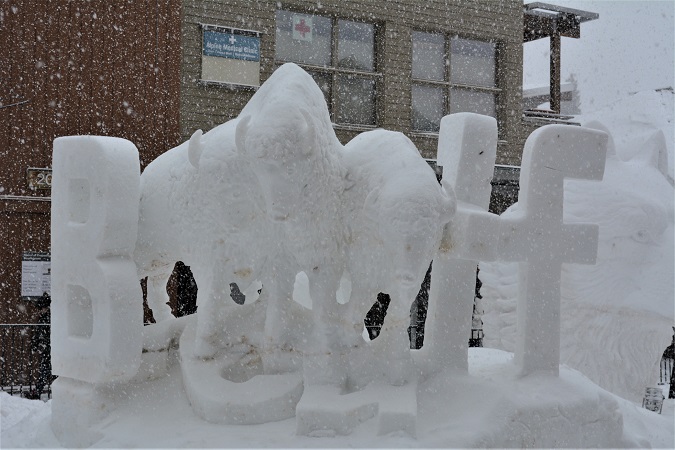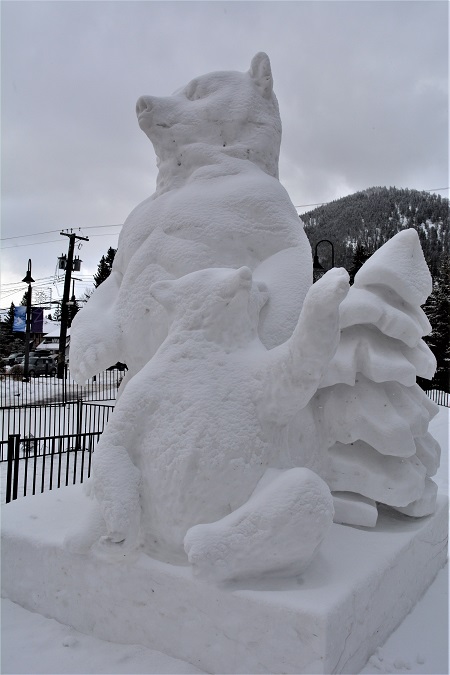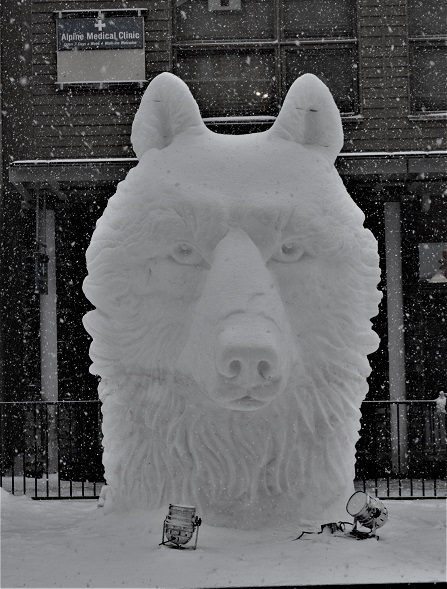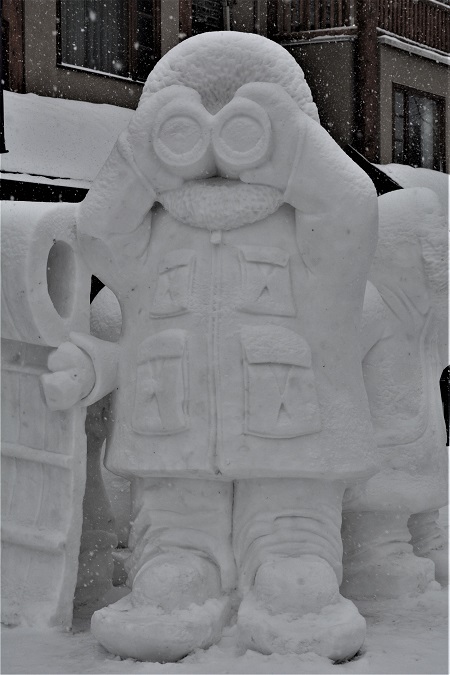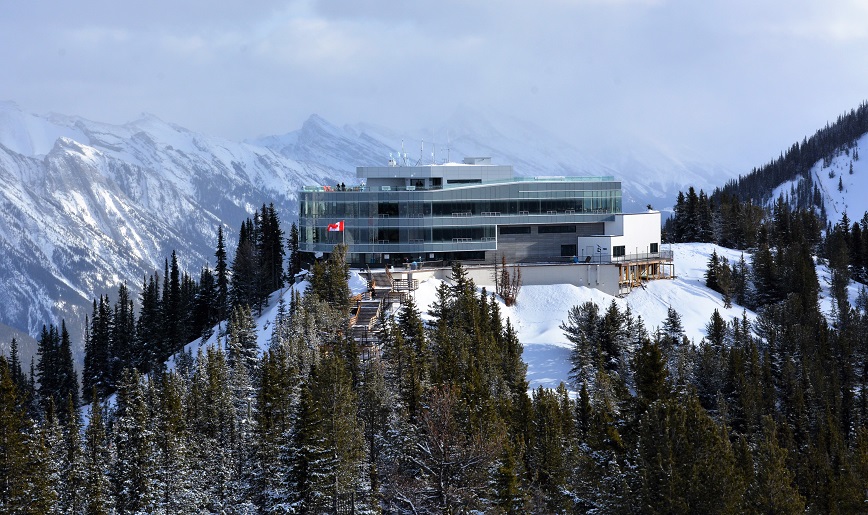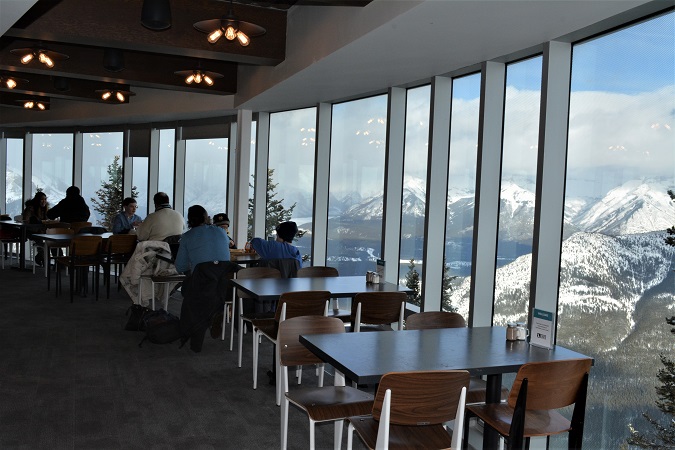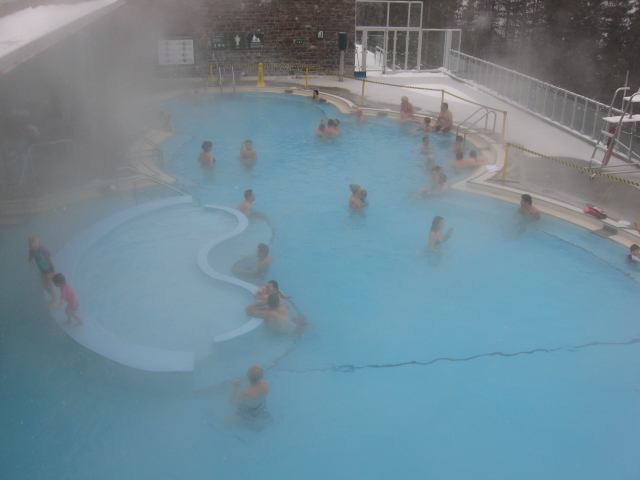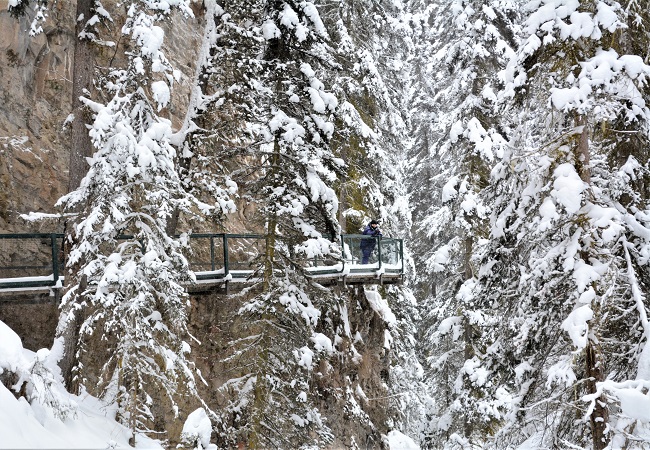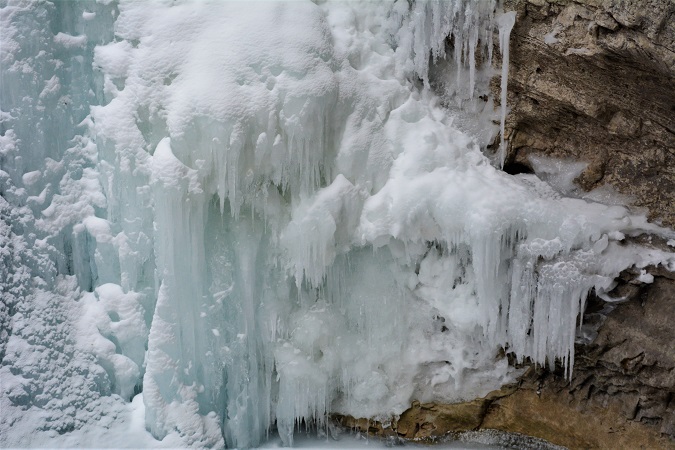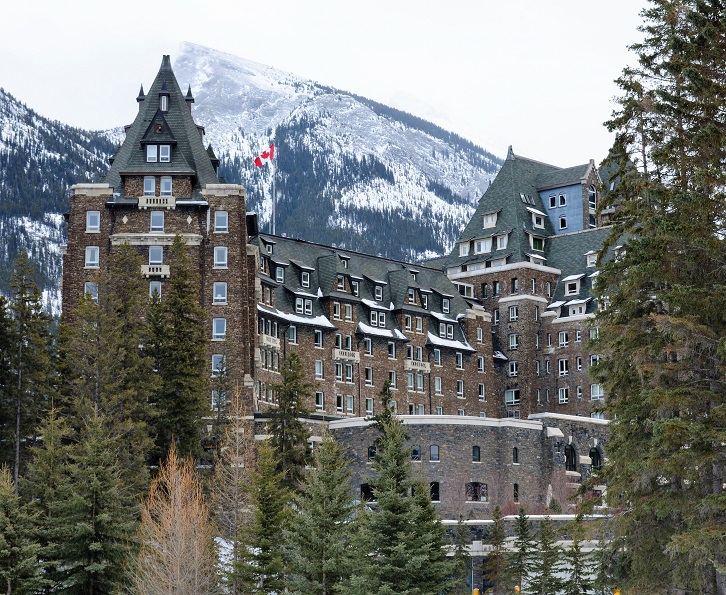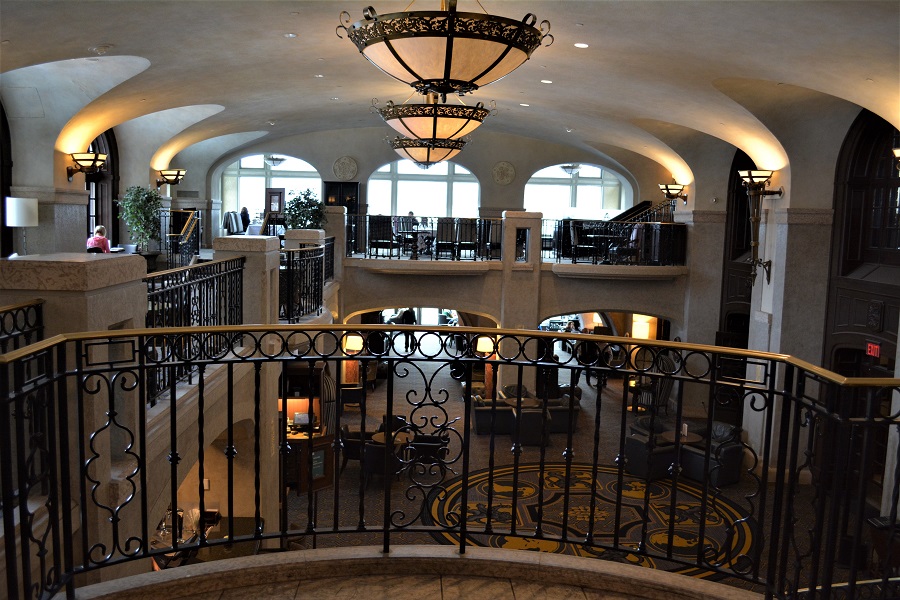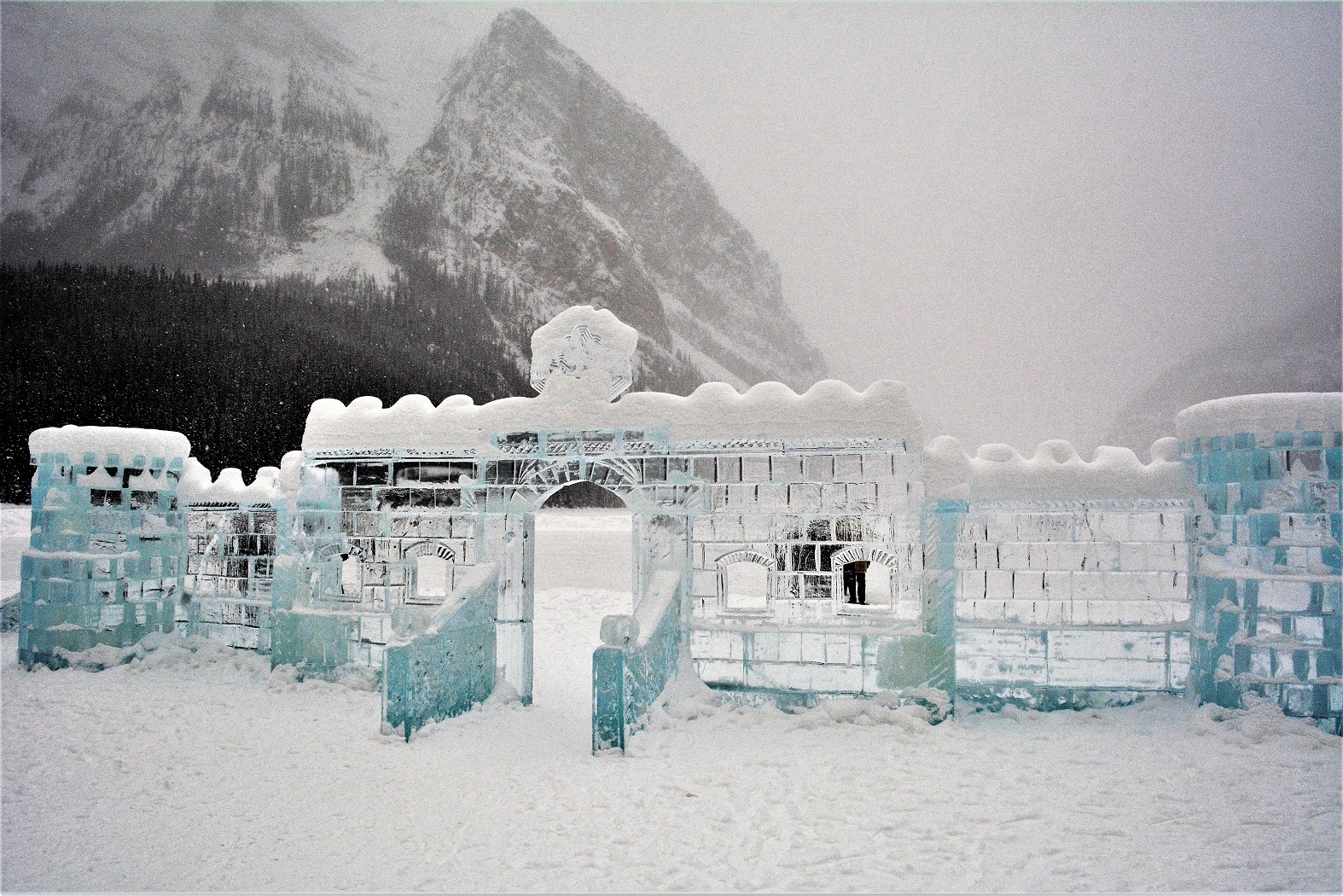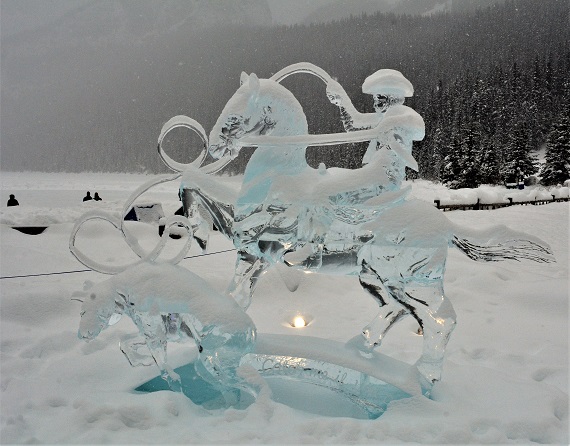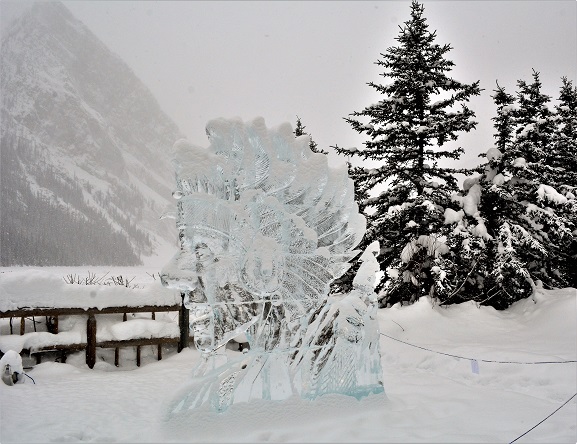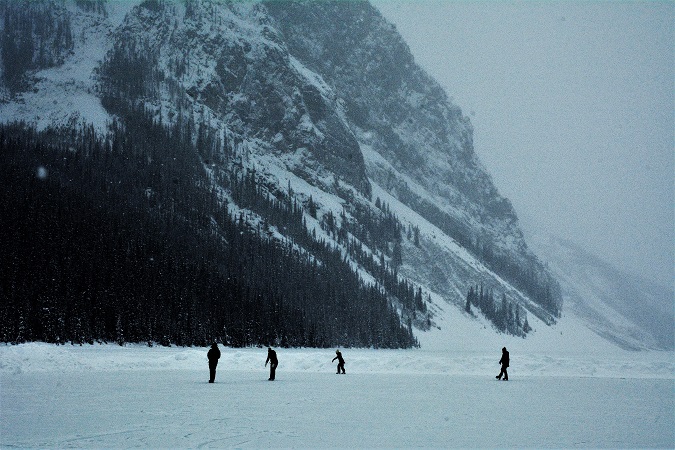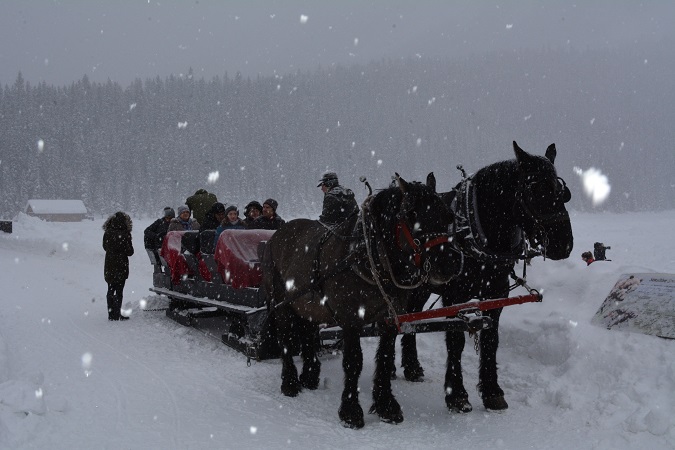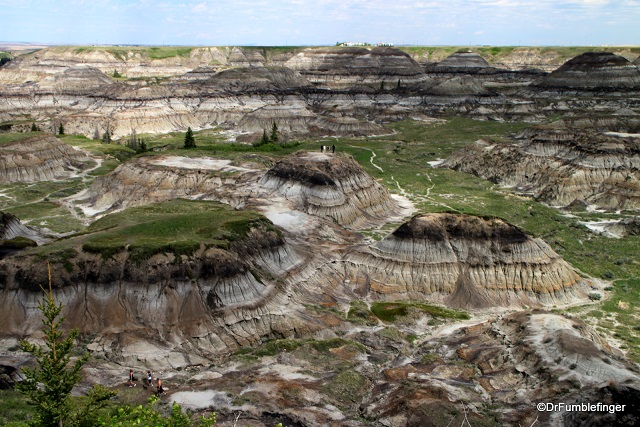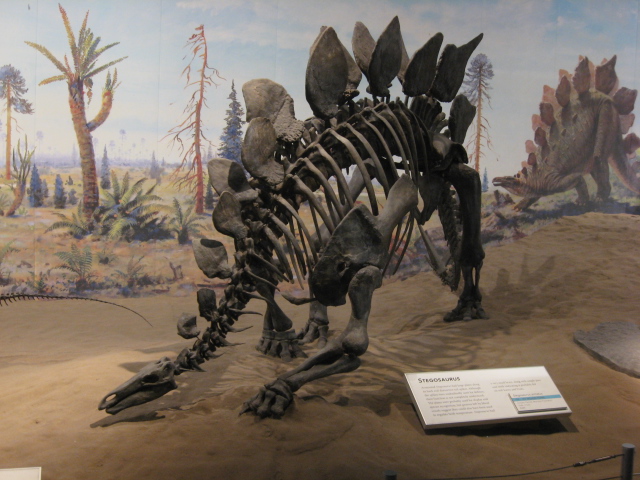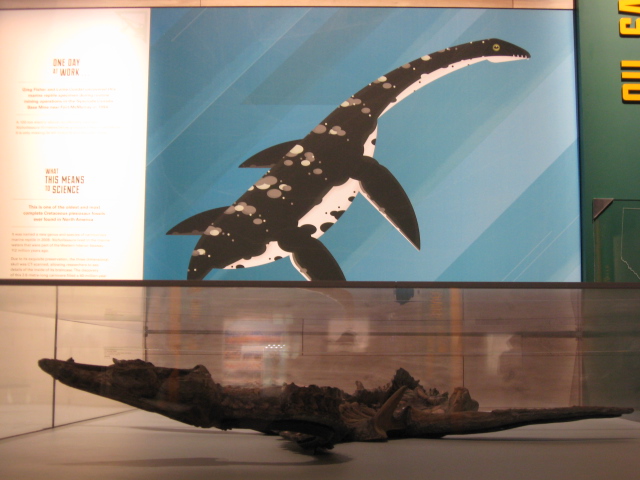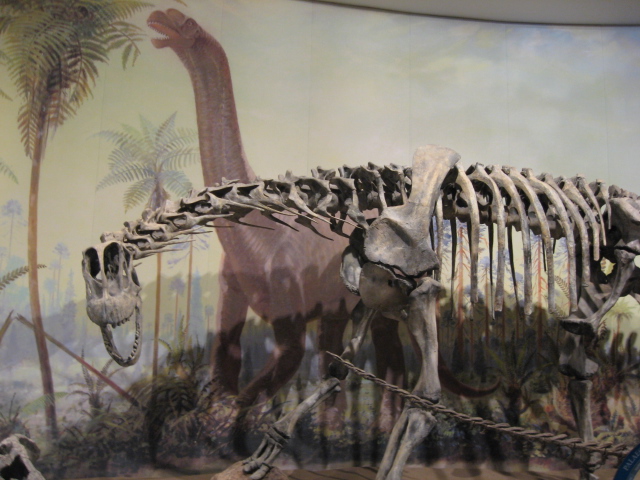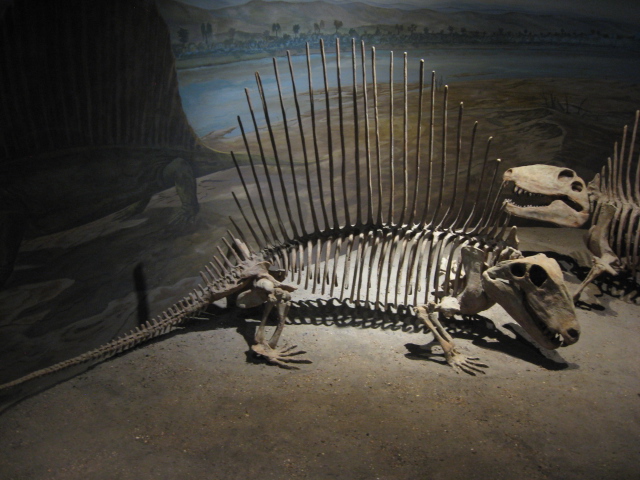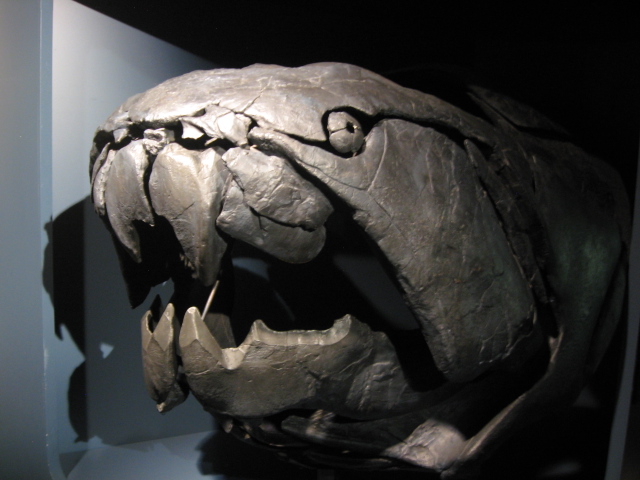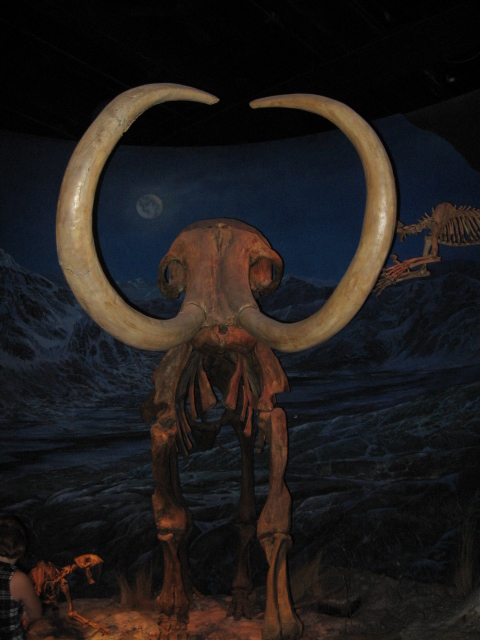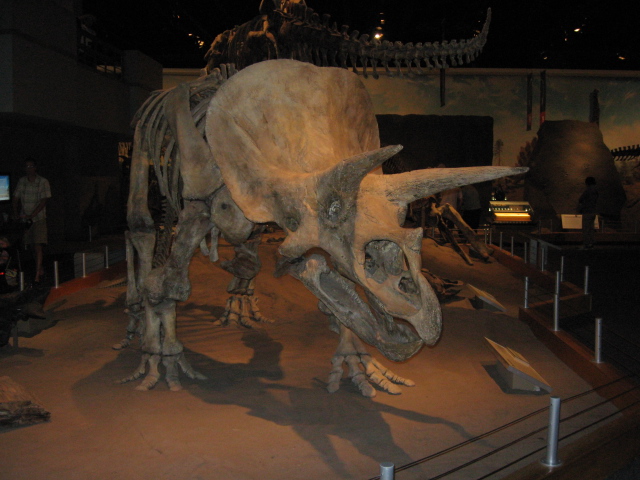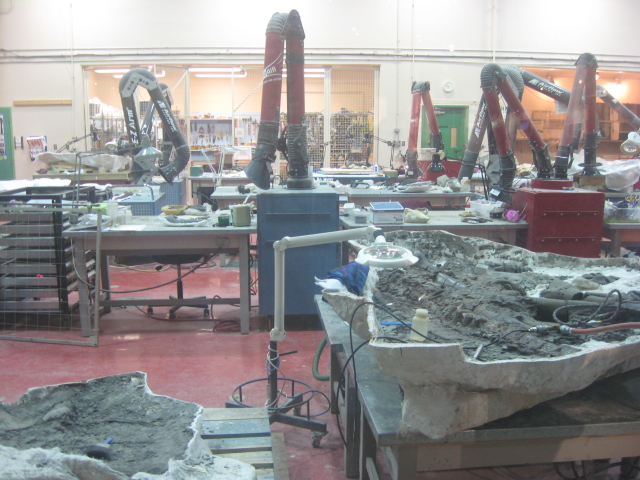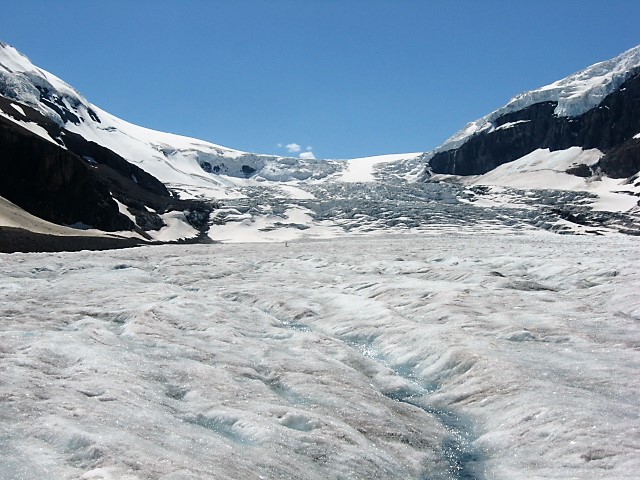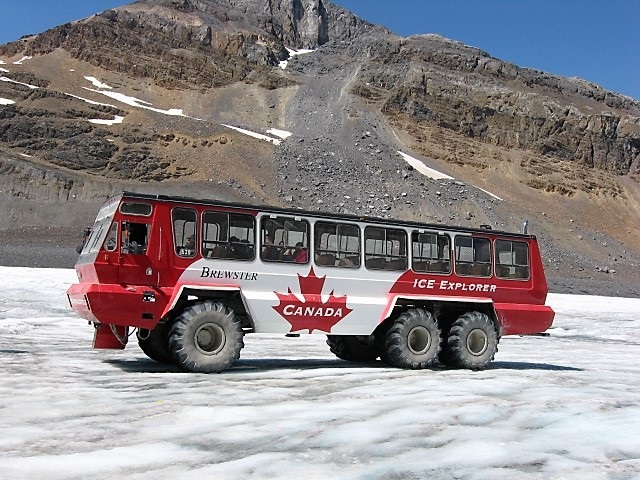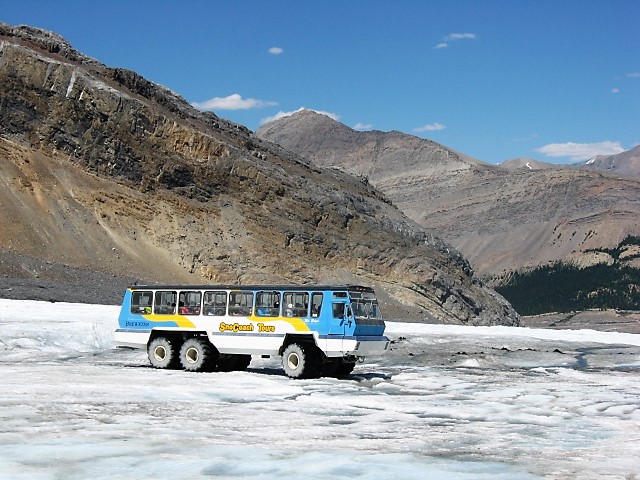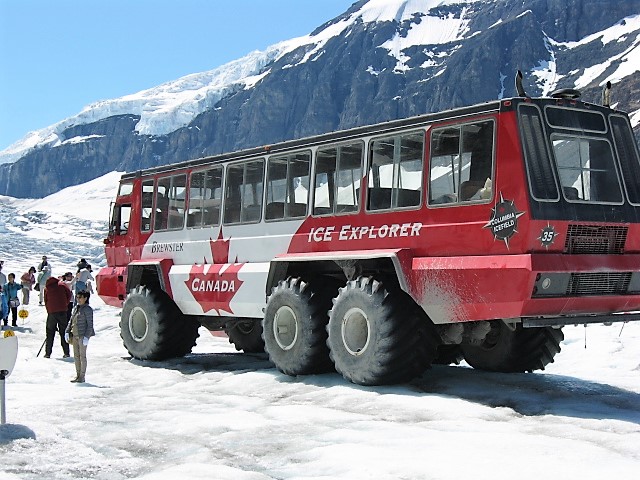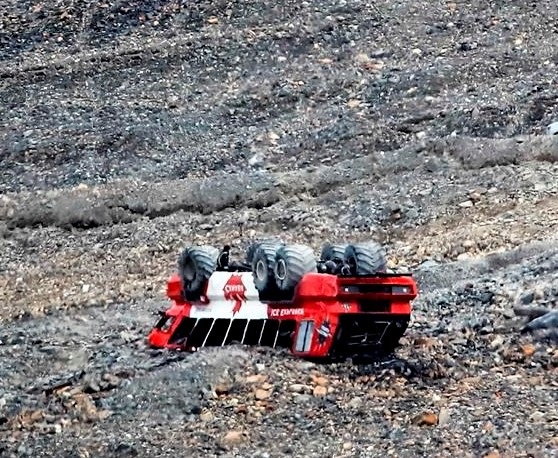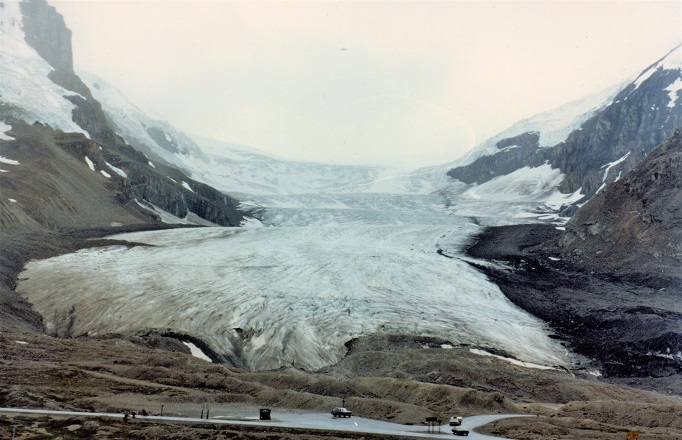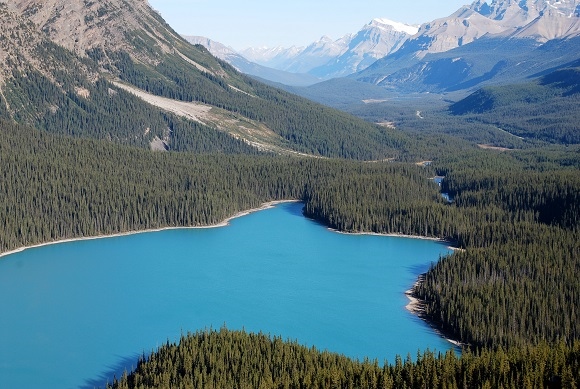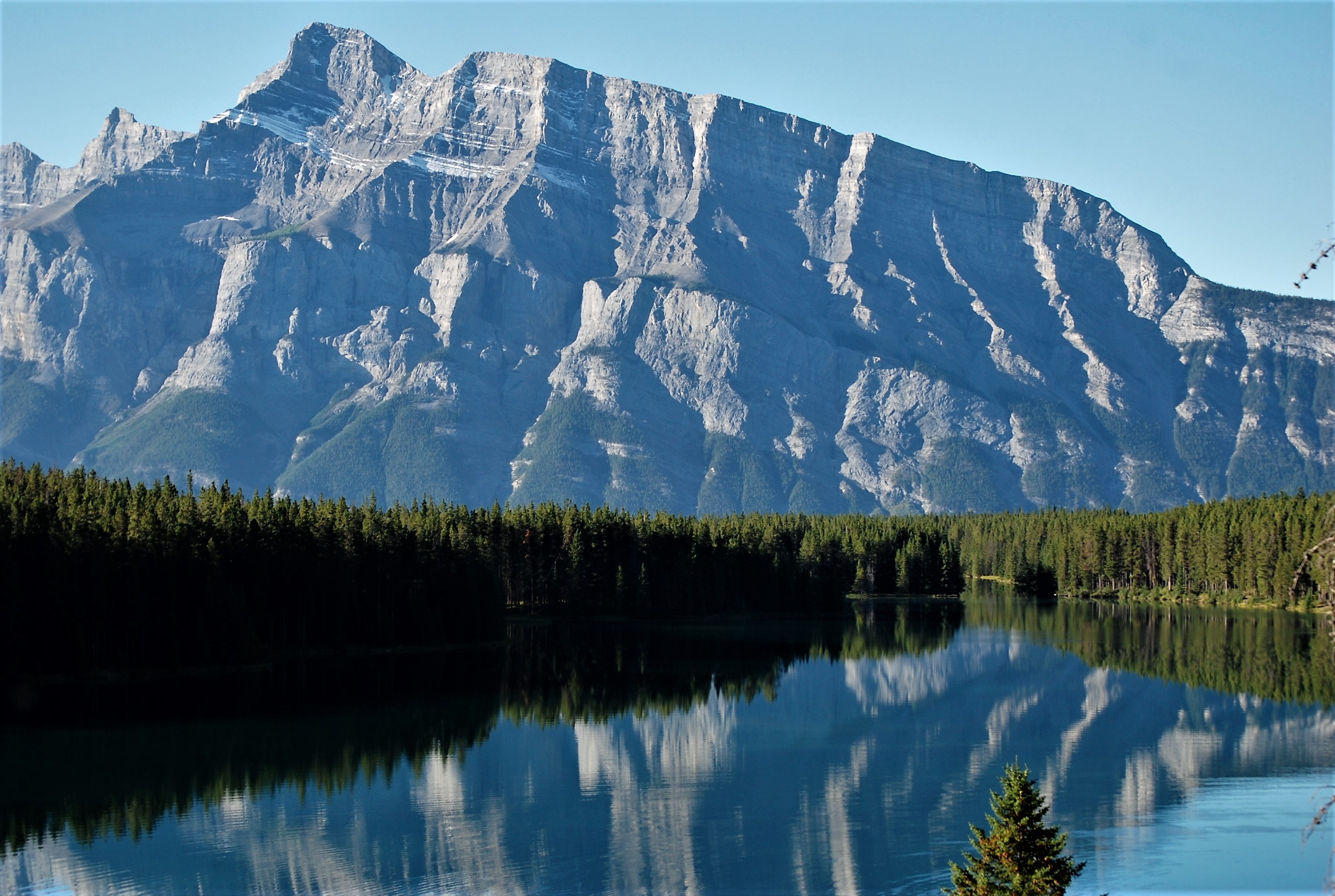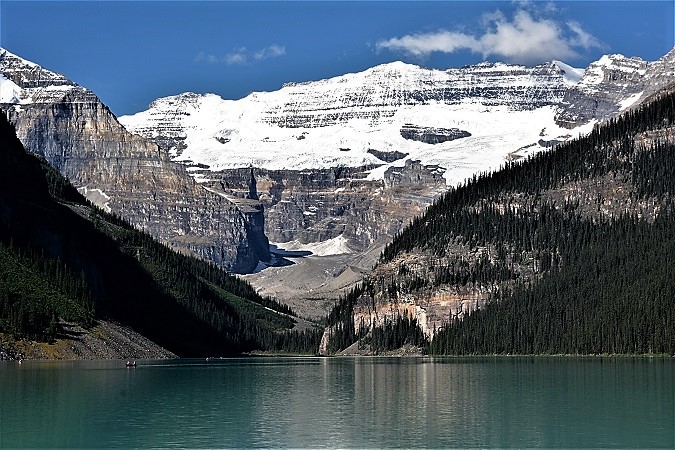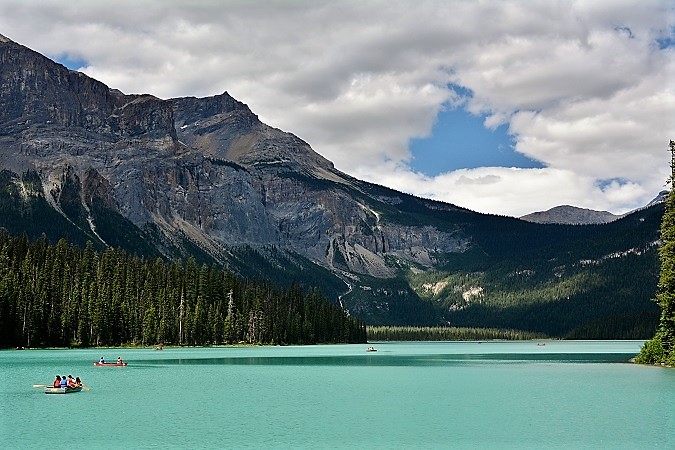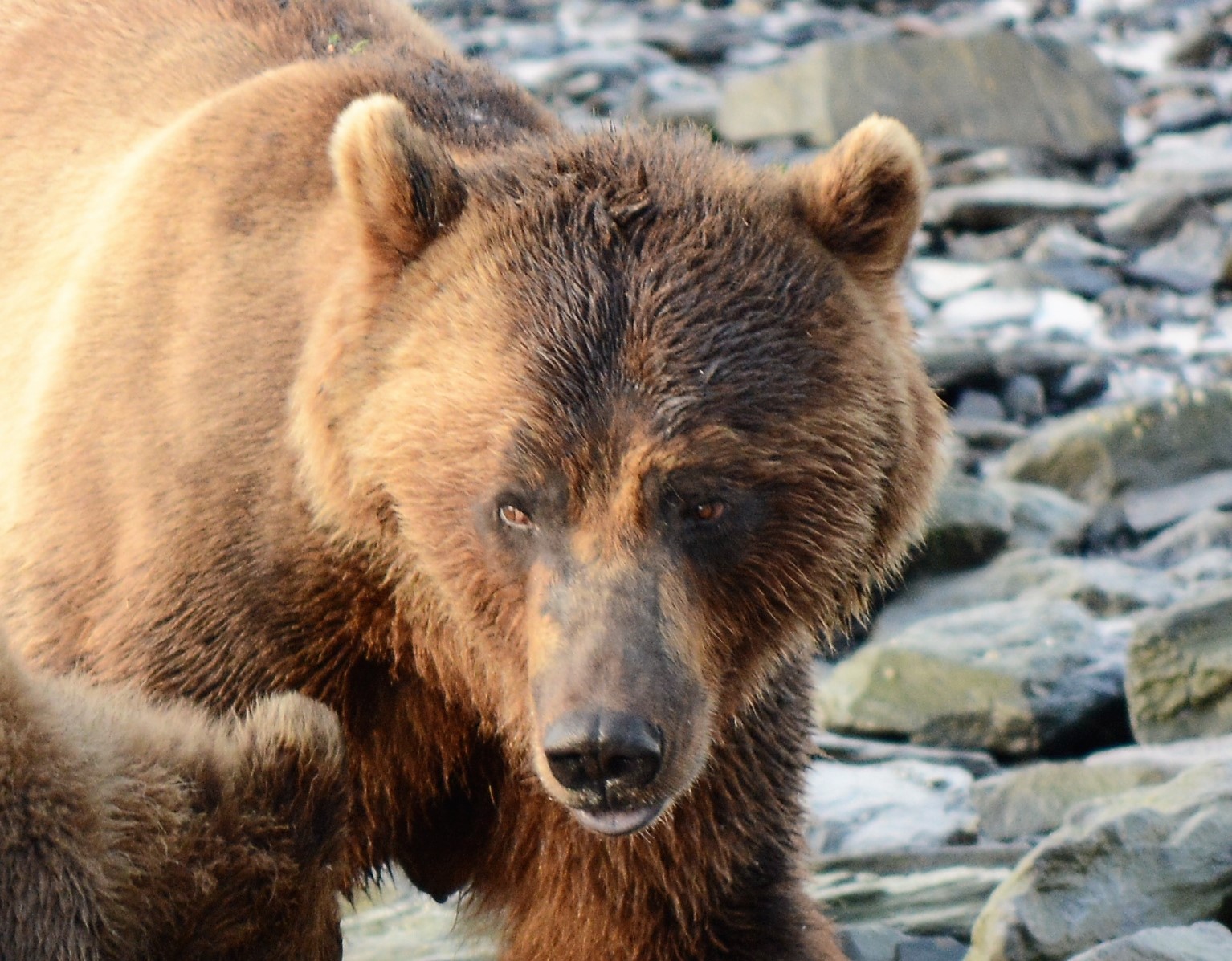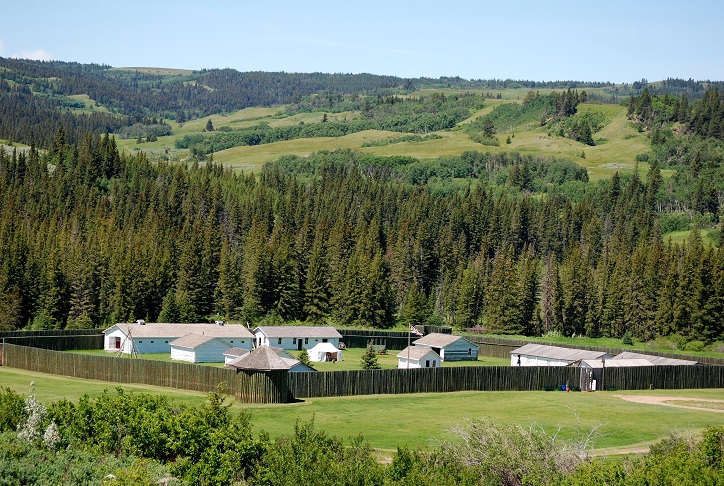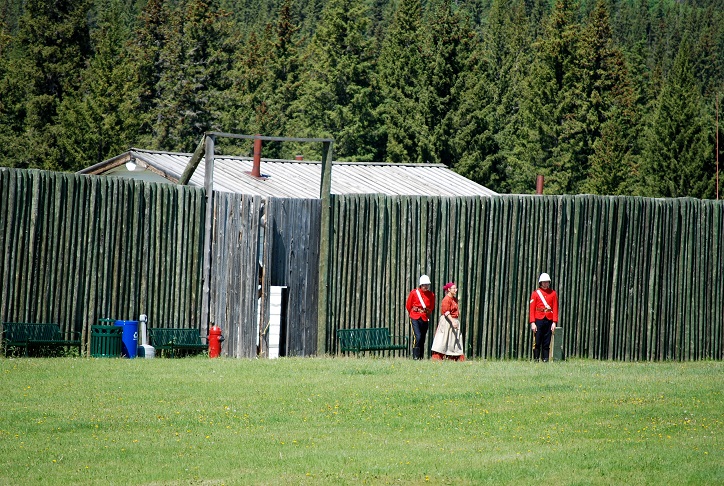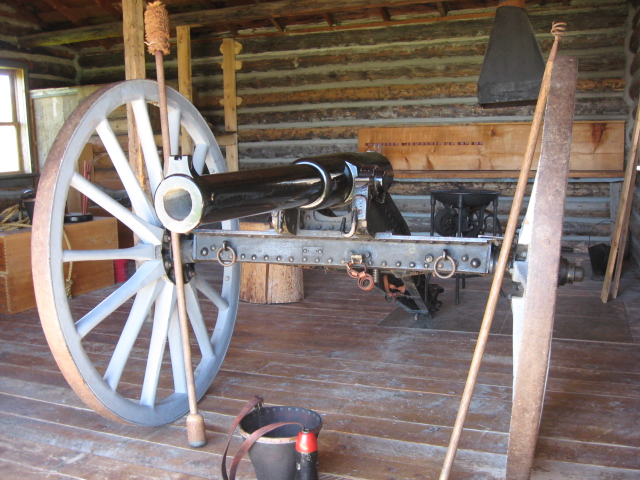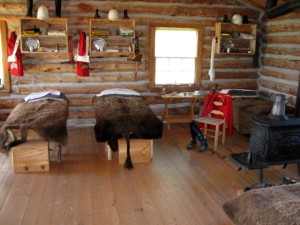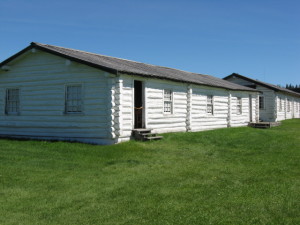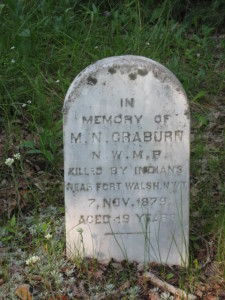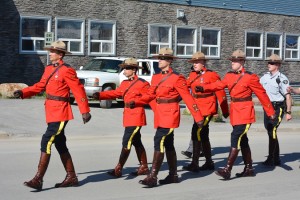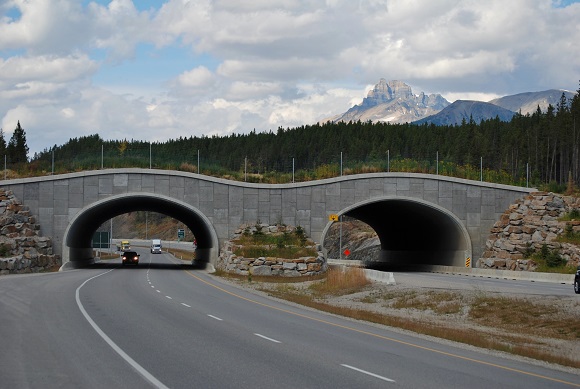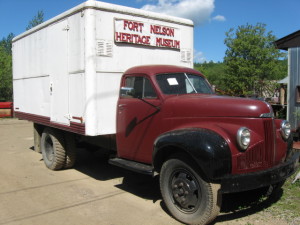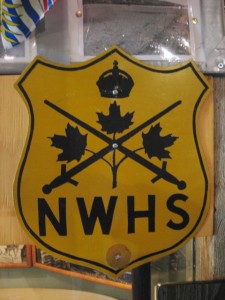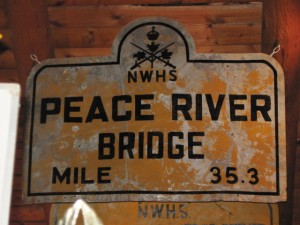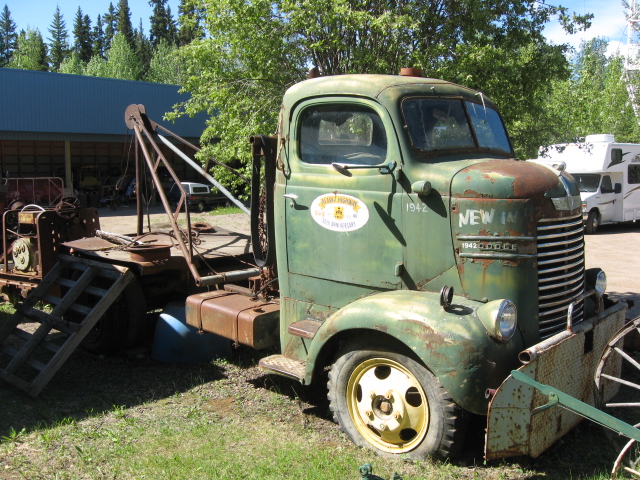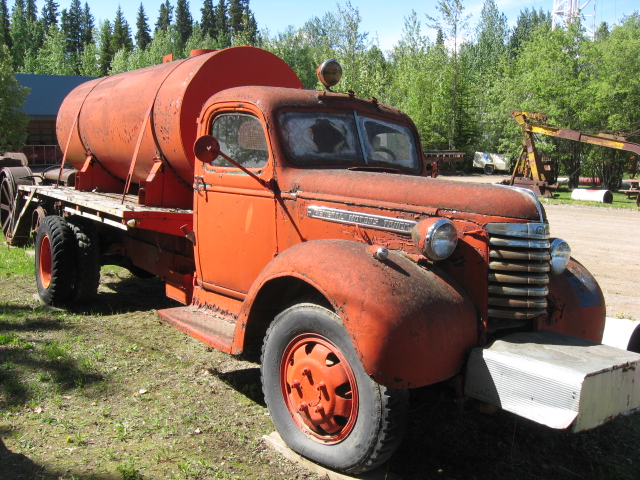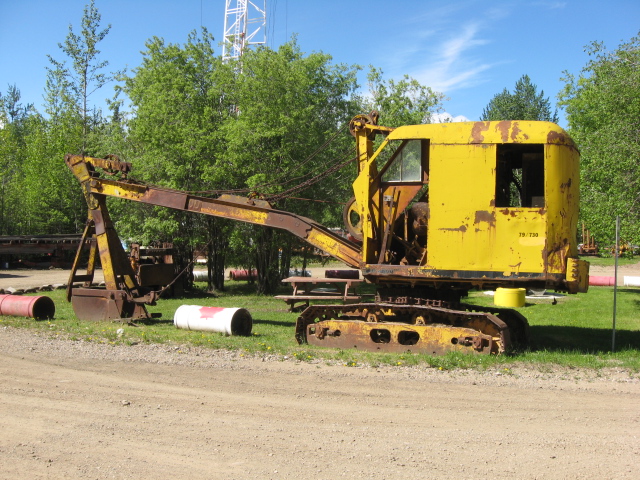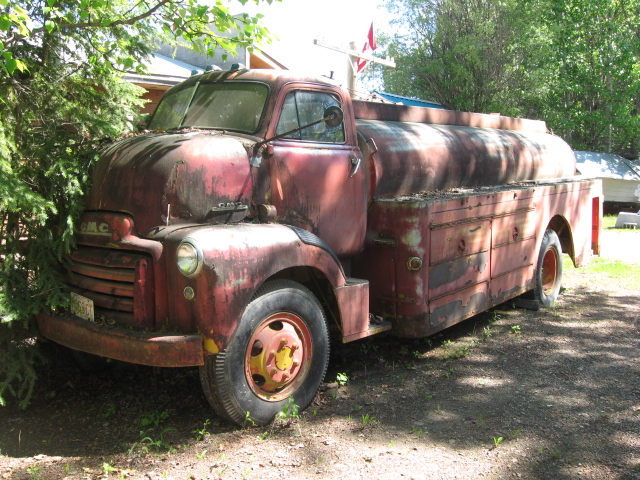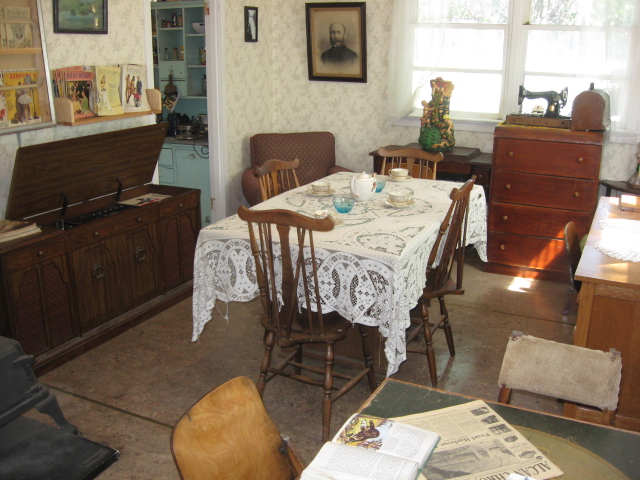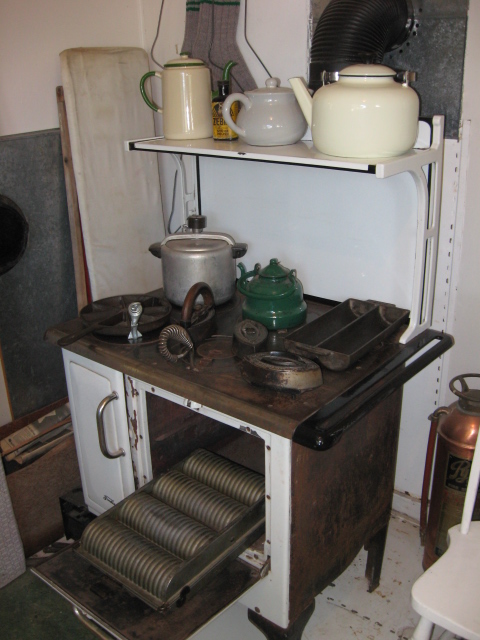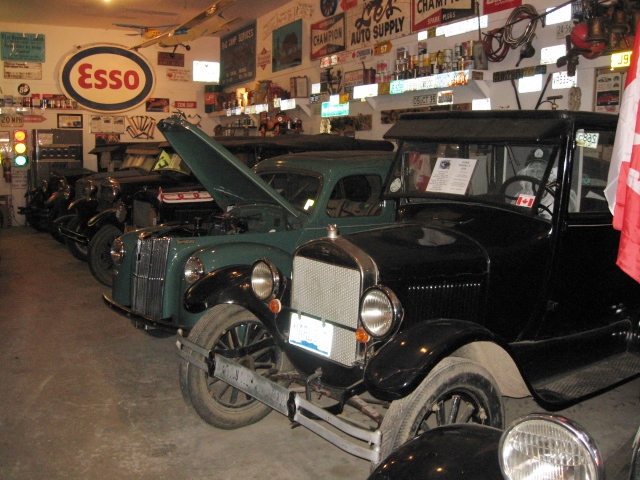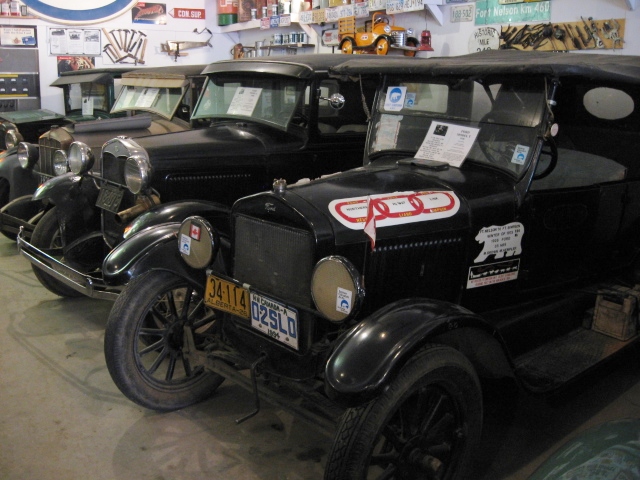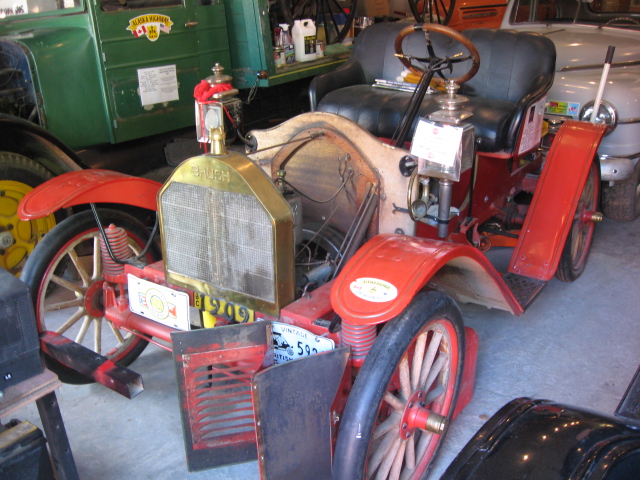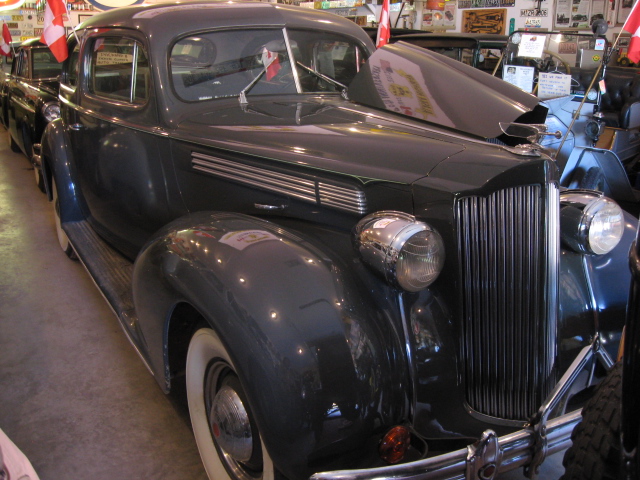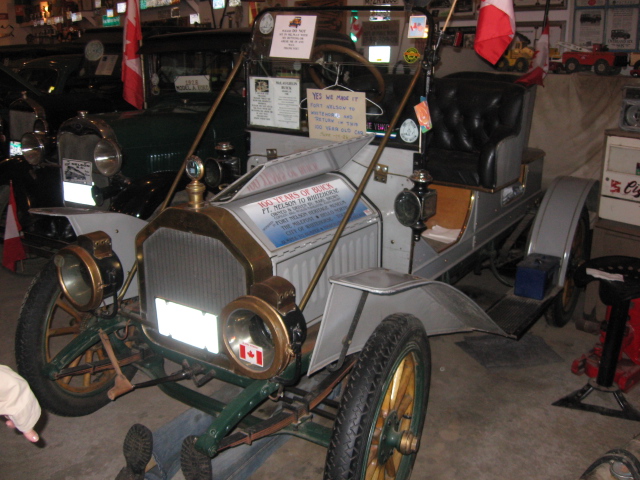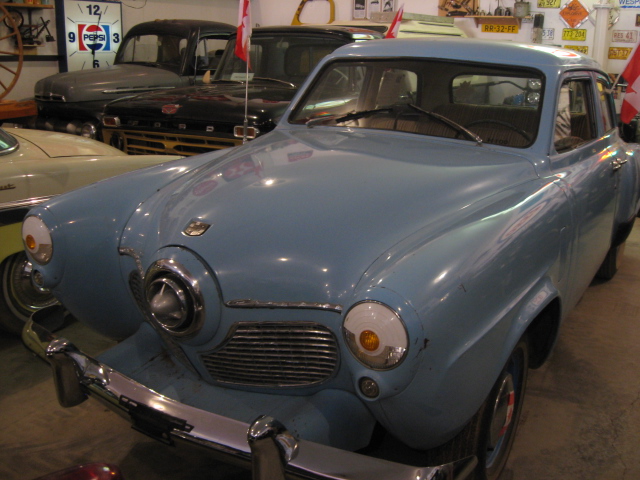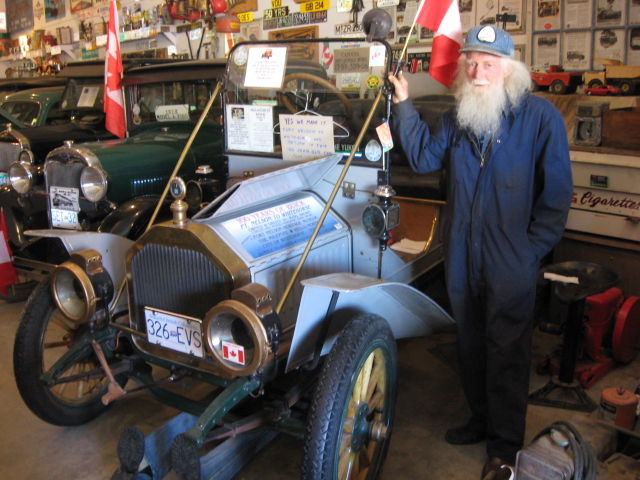What to see and do in Canada’s premier winter wonderland. Updated Jun 2022
Snow Sculptures
Have you ever built a snowman? Each year, in mid-January, people create spectacular, giant snow sculptures in the town of Banff.
You might encounter a Polar Bear but don’t worry; they will melt in the spring.
You will have to go to the Himalayas or Siberia to see a Snow Leopard, but in Banff, you might see a Snow Wolf.
How is this for a snowman?
Go up the Banff Springs Gondola to the top of Sulphur Mountain.
Take the Banff Gondola 2,281 metres (7,486 ft) to the top of Sulphur Moutain for spectacular views of the Canadian Rocky Mountains. The modern four-level building at the top of the mountain has a restaurant, a gift shop, wildlife displays, toilets, and an observation platform on the roof. There is also a boardwalk to a nearby peak. Be aware that the weather at the top of the mountain may not be the same as in the valley below. It could be foggy, which spoils the view, and it might be about ten degrees colder than at the bottom, so dress warmly. Ask at the ticket office before purchasing your ticket.
Wildlife that you might encounter includes Rocky Mountain Sheep and Canada Jays.
Restaurant with a view
Hot Springs
The Banff Hot Springs is a great place to spend some time on a cold winter day. It is cold getting in, but the water is hot, and you will feel fantastic and relaxed when you get out. The hot springs is open all year but is best in winter.
After your swim, visit the Cave and Basin to see the original hot springs discovered in 1883.
Johnston Canyon Hike
The Johnston Canyon hike is the most popular trail in Banff National Park. It is so popular that, in summer, the massive crowds often spoil the experience. I have done this hike many times, but this was my first time in winter. It is even more beautiful than summer, although it can still be crowded on weekends.
At the end of the hike, you will be rewarded by the sight of a frozen waterfall. Something that most people will never see. The first falls is a short 1.1 km (0.68 miles) walk. You then have the option of turning back or going further. The next waterfall is a little taller, and the third, the upper falls is the tallest. From the first lower falls to the upper falls is an additional 1.6 km (one mile). The trail to the first waterfalls is slightly uphill, but most people of average fitness can do it. Going further to the Upper Falls is steeper and is for people with a better state of fitness.
There is waterfall climbing for people who want an adventurous winter sport other than skiing. Sort of like mountain climbing, but these people climb up frozen waterfalls.
The Banff Springs Hotel
After a day of hiking and exploring, visit the majestic Banff Springs Hotel. Opened in 1888, this magnificent hotel is worth a visit, although expensive to stay overnight. You can enjoy an English tea time (which is a meal and not just tea) by the big windows at the back (seen in the photo above). Watch out for the ghost who died here on her wedding day in 1920.
Ice Castle at Lake Louise
Have you ever walked on water? Frozen water, that is. Take a walk on the icy surface of Lake Louise and get your photo taken at the ice castle.
Ice Sculptures
Check out the amazing ice sculptures at Lake Louise. Unlike the snow sculptures, which get destroyed after the snow festival in January, the ice sculptures will be there until they melt in the spring.
Ice Skating and Cross-country skiing
Go skating or cross-country skiing on the frozen surface of Lake Louise. Equipment is available for rent in the hotel if you do not have your own.
Horse-drawn Sleigh Rides
A horse-drawn sleigh ride along the shore of Lake Louise is fun on a snowy day. You can purchase tickets at the hotel. You probably will not need a reservation during the week but will need one on weekends and holidays. The telephone number is 403-522-3511 Ext 1210. The ticket office opens at noon on weekdays and earlier on weekends.
Riding through the forest on a two-horse open sleigh! The sleigh goes onto the lake at the midway point to turn around. So you can say you rode in a horse-drawn sleigh on a frozen lake.
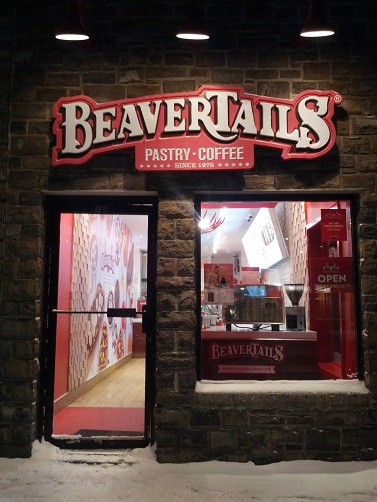 Eat a Beaver Tail
Eat a Beaver Tail
After an exhilarating day of skating on the Ottawa canal or Lake Louise, it is time for a hot chocolate and a Beaver Tail. You have to try this delicious and unique Canadian treat. No, it is not a real Beaver’s tail. It is a flat doughnut in the shape of a beaver tail. You can get them will all kinds of toppings, but the best is still the original, which has only cinnamon and sugar on it (and it is also the cheapest one). If you like doughnuts, you will love Beaver Tails.
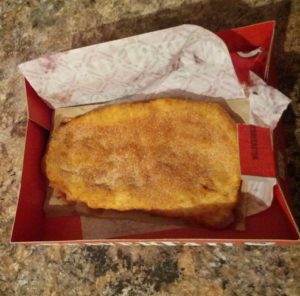
Skiing and Snowboarding
The vast majority of people that you see in Banff during winter are there for skiing and snowboarding. Some of Canada’s best ski slopes are nearby. However, in this post, I wanted to tell you about the lesser-known winter activities.
See you there
I spend a lot of time in Banff. It is one of my most favourite places in the whole world. See you there!
